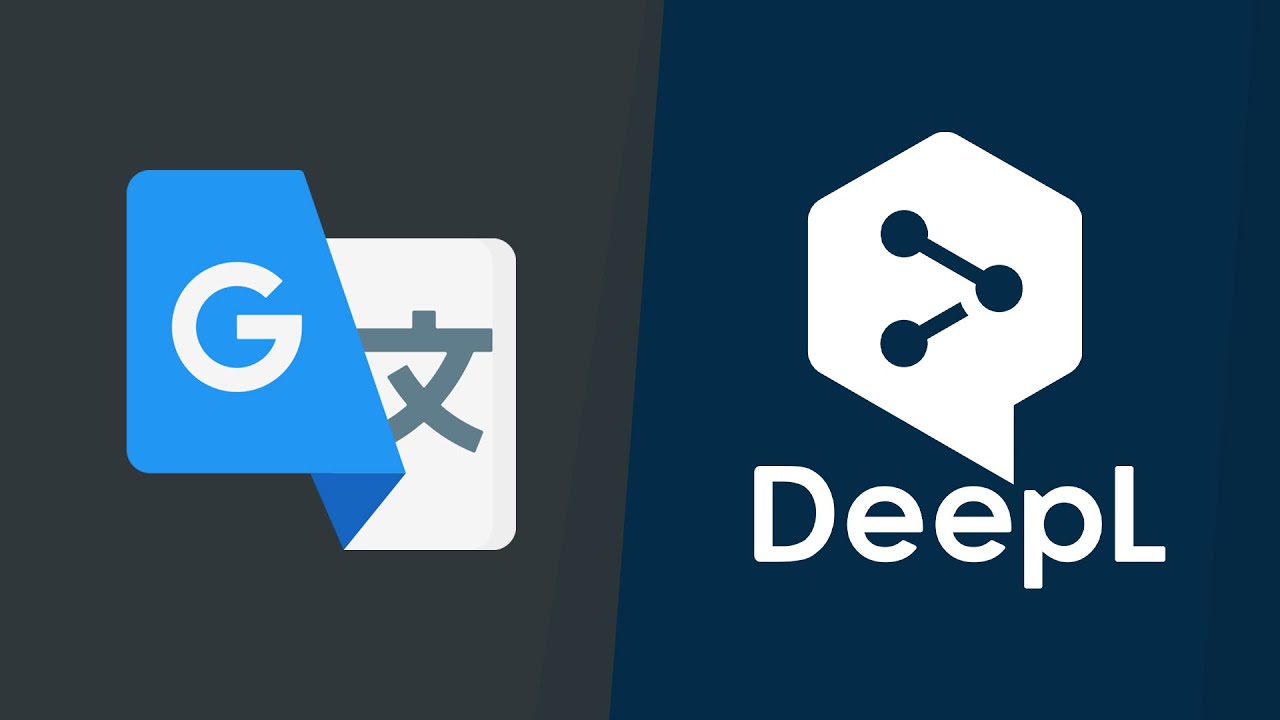In the ever-evolving world of artificial intelligence, translation tools like DeepL Translate and Google Translate have become essential for individuals, students, professionals, and businesses. Both tools offer impressive capabilities, but choosing the right one depends on your needs.
In this article, we’ll compare DeepL and Google Translate in terms of accuracy, features, and suitability for different use cases to help you decide which is best for you.
Overview of DeepL Translate and Google Translate
DeepL Translate
DeepL is known for its advanced neural network technology that delivers high-quality, context-aware translations. Launched in 2017, it has gained a reputation for translating nuanced text with precision, making it ideal for academic, business, and professional use.
Google Translate
Google Translate is one of the most widely used translation tools, supporting over 100 languages. It leverages AI and machine learning to provide fast translations, making it accessible and versatile for casual use, travel, and general communication.
Comparison: Key Features
1. Accuracy
- DeepL Translate: DeepL excels in preserving the meaning, tone, and context of the original text. It is particularly effective for complex sentences, idiomatic expressions, and professional documents.
- Google Translate: While Google Translate is accurate for simple sentences, it sometimes struggles with contextual nuances, especially in professional or technical content.
Winner: DeepL Translate for nuanced and professional translations.
2. Language Support
- DeepL Translate: Supports over 30 languages, focusing on quality rather than quantity.
- Google Translate: Covers more than 100 languages, making it a go-to option for diverse language needs.
Winner: Google Translate for broader language support.
3. Ease of Use
- DeepL Translate: Offers a clean, intuitive interface with features like document translation and in-context editing. It also integrates seamlessly with professional tools like Microsoft Word.
- Google Translate: Known for its simplicity, it offers text, voice, and image translation, along with offline capabilities.
Winner: Google Translate for versatility.
4. Use in Professional Settings
- DeepL Translate: Trusted by professionals for translating contracts, reports, and other sensitive materials due to its contextual accuracy and privacy-focused approach.
- Google Translate: While suitable for general communication, its translations may require additional refinement for professional use.
Winner: DeepL Translate for business and professional contexts.
5. Privacy
- DeepL Translate: Emphasizes privacy by ensuring translations are secure and not stored long-term. This makes it a preferred choice for translating sensitive information.
- Google Translate: While privacy policies are in place, Google’s data-driven ecosystem raises concerns for those handling confidential data.
Winner: DeepL Translate for data security.
6. Pricing
- DeepL Translate: Offers a free version with limitations and a Pro subscription for advanced features like API access, unlimited translation, and document support.
- Google Translate: Free to use, though some features (like offline downloads) require initial setup.
Winner: Google Translate for cost-free accessibility.
Which Tool Is Best for Language Learners?
Both tools can assist in language learning, but the choice depends on your goals:
- DeepL Translate: Ideal for understanding complex texts and improving writing skills due to its context-aware translations.
- Google Translate: Great for casual language practice, vocabulary building, and travel phrases.
How Do These Tools Compare for English Proficiency Tests?
If you’re preparing for an English proficiency test like the International English Test (IET), the right translation tool can make a difference:
- DeepL Translate: Helps refine essays, understand practice materials, and translate technical content for advanced test preparation.
- Google Translate: Useful for quick translations and exploring various test-related topics.
Conclusion: DeepL vs. Google Translate
The choice between DeepL Translate and Google Translate depends on your specific needs:
- Choose DeepL Translate if you value accuracy, context, and data security, especially for professional or academic purposes.
- Opt for Google Translate if you need a free, versatile tool for casual use or support for less common languages.
For English learners and test-takers, both tools can complement your study strategy. Pair them with an International English Test (IET) to assess and certify your English proficiency reliably and affordably.
Keywords: DeepL vs Google Translate, AI translation tools, best translation software, professional translation, language learning, IET preparation.

